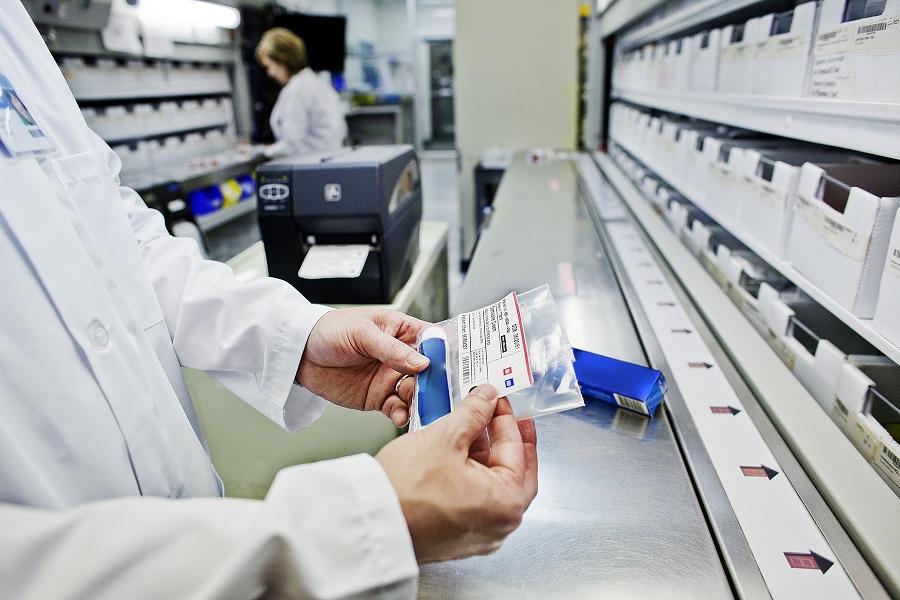The U.S. FDA has rolled out its unique device identifier (UDI) requirements over the past several years for different classes of medical devices.
A UDI is an identifier for a medical device, label or package that enables tracking and traceability. The UDI includes a static Device Identifier (DI) specific to a version or model, and a Production Identifier (PI), or a dynamic number that is determined by several different data. The label of every medical device and every device package (from the inner-pack up to case-level packaging) must display a UDI in both machine- and human-readable forms.
Meeting these UDI labeling requirements will present different challenges depending on the type of product. Some devices will require direct marking or product-level labeling, while others may only require a label on the packaging.
Where barcoding is used, the company can choose whatever barcode will fit their labeling needs. This is often dependent on the size of the product, the size of the label, and the length of the UDI number.
Four Steps to UDI Success
In order to help manufacturers comply with UDI labeling requirements, the FDA has defined four basic steps for implementing a UDI system:
- Develop Standardized UDIs: The UDI numbers are created and maintained by manufacturer via FDA-accredited issuing agencies (i.e., GS1, HIBCC, ICCBBAA).
- Ensure that the UDI is printed in both human-readable and machine-readable formats (barcodes) on the device label. Every medical device must be marked, as well as every device package.
- Submit the UDI and device data to the GUDID database. The FDA’s Global UDI Database is the central repository for the medical device information. In Europe, this function will be handled by the EUDAMED database.
- Meet the implementation timelines. For some devices, compliant labeling was required as of 2014. With a few specific exceptions, all covered Class III devices were required to have a UDI by September 2016, as well as the labels and packages of Class II devices.
There are still two important deadlines to come. By Sept. 24, 2018, Class devices that are intended to be used more than once and reprocessed between uses must include a permanent UDI directly on the device. Labels and packages of Class I medical devices also must bear a UDI by September of 2020. In fact, by September 2020, all Class I devices that are reprocessed for re-use must include a permanent UDI mark.
Be Prepared
It is critical to understand the deadlines you need to meet to achieve compliance, and be prepared ahead of time. You should have a process in place to manage UDI numbers, including adding new models or discontinuing products. The UDI process should be integrated into your quality management system.
Barcode labeling software can help streamline these processes. For example, Seagull Scientific’s BarTender software is UDI compliant and is already being used by medical device manufacturers. The software can create secure, auditable barcode and RFID labeling. It also provides centralized label management and control.
Roles-based permission and other protections help keep a lock on label changes, and the software captures a complete audit trail and provides customizable templates to create compliant labels. The system also offers HL7-based UDI database communication to help companies respond more quickly to regulatory changes.
With the right labeling software in place, you can easily automate and manage UDI labeling requirements, and ensure that any label changes can be applied across your operations. In addition, labels can be created that meet varying international labeling standards without recreating each new label from scratch.




